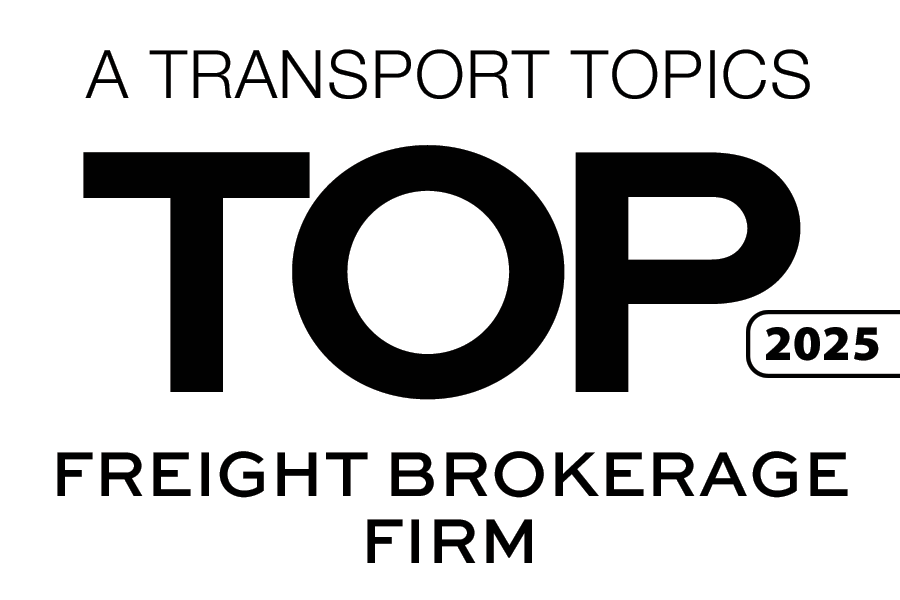Data drives consistency in modern transport
October 31, 2023
 In the dynamic world of freight transportation, consistency is the key to success for both shippers and carriers. Shippers need reliability in their supply chain, ensuring their goods reach their destinations on time, every time. Carriers seek predictable and consistent freight volumes. Simply put, establishing consistency benefits all parties involved in the transportation process.
In the dynamic world of freight transportation, consistency is the key to success for both shippers and carriers. Shippers need reliability in their supply chain, ensuring their goods reach their destinations on time, every time. Carriers seek predictable and consistent freight volumes. Simply put, establishing consistency benefits all parties involved in the transportation process.
Shippers must decide what level of volume is acceptable for their operations. The consensus in the industry leans toward the idea that between 25 and 50 loads a year make sense as a threshold for consistency. The reason behind this is that if a lane doesn’t move at least once a week, it lacks the necessary volume to be beneficial.
The topic of pricing models and consistency are closely related. When shippers seek two-year pricing agreements, building flexibility into the rates is essential. Some experts advocate for load-by-load index pricing, rather than rigid, fixed rates. The technology and data available today make it possible to offer more dynamic pricing models. Shippers and carriers can track the market and adjust rates accordingly, creating a more consistent and fair approach to pricing.
“I’m a fan of real-time, load-by-load, index pricing,” says Chris Caplice, Senior research Scientist at MIT. “The technology is out there. We all have real-time pricing models, so make agreements based on those rather than adjusting every six months.”
How will technology and analytics impact the future of freight budgeting? Check out the latest episode of the Stay In Your Lane Podcast to learn more.
The quality of data provided by shippers is also crucial to achieving consistency in transportation. While the industry has seen improvements in data quality over the years, it largely depends on the effort the shipper is willing to invest. Some shippers may still provide subpar data, leading to challenges in creating consistency.
Budgeting for transportation services can be a complex task, especially in the ever-changing landscape of the modern economy. This highlights the need to adapt to open budgeting, especially for lanes with uncertain volume and high variability. By embracing dynamic budgeting, shippers and carriers can better manage their resources and adapt to changing circumstances and tumultuous market cycles.
“Are economic cycles happening faster? I don’t know,” says Caplice. “The last three cycles, the slope of the rates for contracts going upward matched the rate of the slope coming down—steeper up, steeper down.”
Multi-stop loads present a unique challenge in the transportation industry. These lanes can be highly unpredictable, and they are often better suited for dedicated or specialized solutions rather than inclusion in a standard routing guide. This reality highlights the importance of separating multi-stop loads and treating them as a distinct category.
As far as the future is concerned, the transportation industry is becoming more dynamic and driven by technology. With the advent of new modelling and data analytics, the industry can better adapt to changes and uncertainties, making consistency a more achievable goal.
Consistency is the foundation of success in the world of freight transportation. By embracing real-time index-based pricing, improving data quality, and adopting open budgeting, the industry can enhance consistency for both shippers and carriers. As the industry continues to evolve, the key is to maintain budgeting practices that are mutually beneficial for transport partners. For more on the latest industry trends, subscribe to the Stay In Your Lane Podcast brought to you by Triple T Transport.














